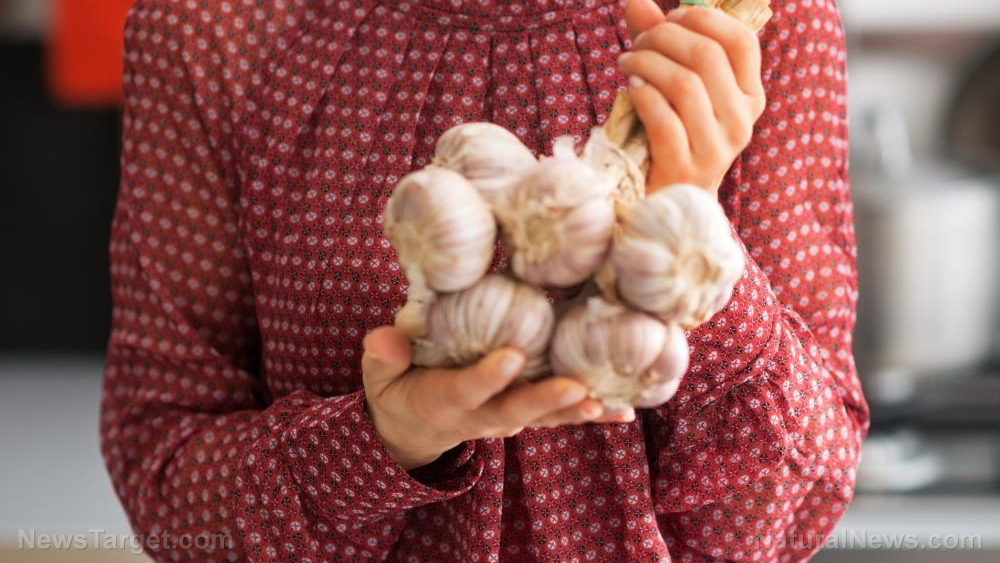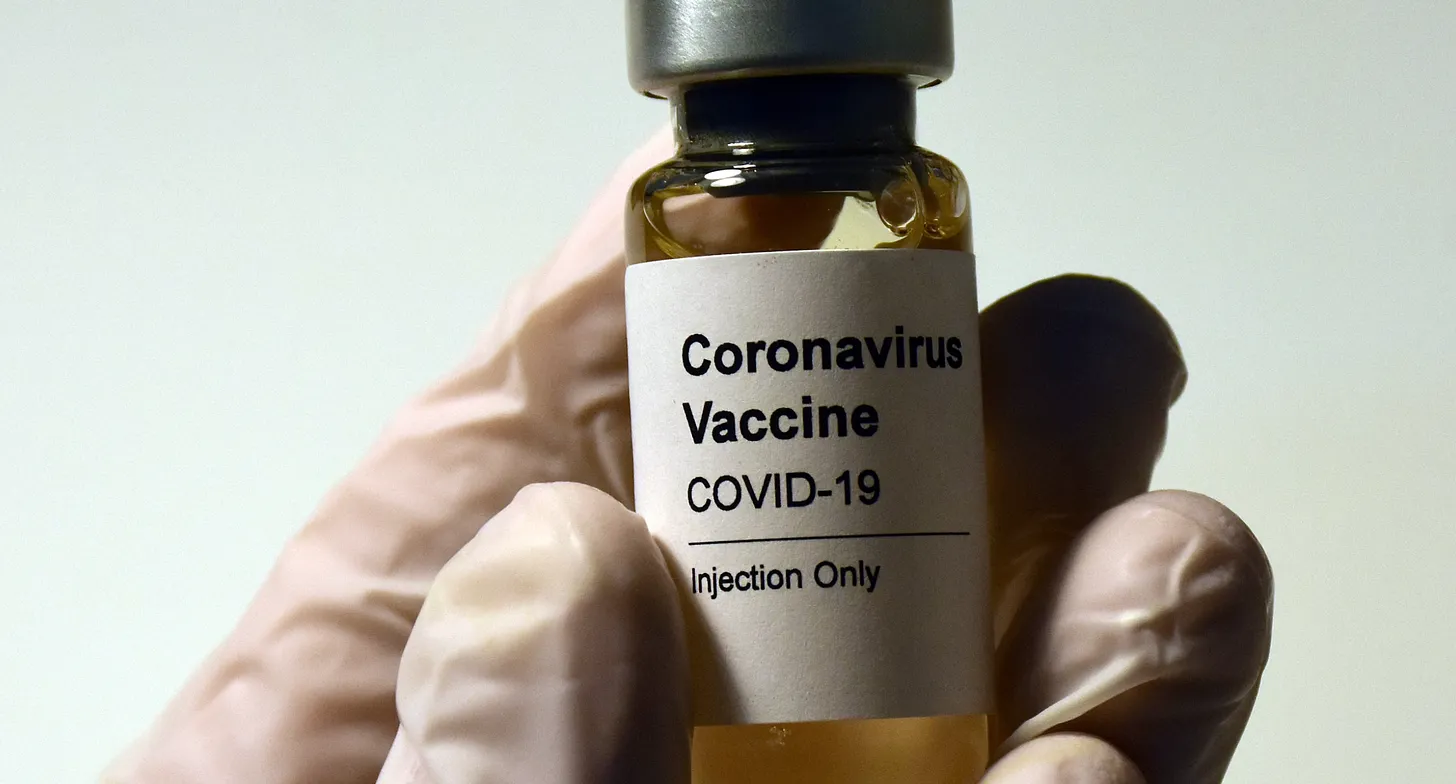A guide to growing, harvesting, and storing garlic

(Natural News) Garlic is one of the best crops you can grow on your own because it is easy to cultivate. It is also not prone to pest infestation because of its pungent smell. Additionally, garlic has many uses in cooking and in medicine. Here is a guide to growing, harvesting, and storing garlic. (h/t to NewLifeOnAHomestead.com)
Note that this is not a comprehensive guide and only covers the basics.
Growing garlic
Garlic likes rich, well-drained soil. Overly wet soil can cause your garlic to rot. You should also make sure that your soil is fluffy to give the garlic headroom to grow. To prepare your soil, mix a healthy dose of green manure or compost into your soil a week or two before planting.
Most garlic growers use cloves. The bigger the cloves you plant, the larger the heads you will get. Break apart cloves from the bulb a few days before planting, but keep the papery husk on each clove. Place cloves 2 to 3 in. or 5 to 7 cm deep, with the pointy side up. Space cloves at least 6 in. or 15 cm apart. Keep rows 1 ½ to 2 ft. or 0.5 m apart. Water it well, then cover with at least 4 in. of mulch.
Placing several inches of mulch on top of garlic for the winter prevents slumbering garlic from sprouting early during a midwinter thaw. If this happens, winter temperatures will damage and possibly kill your plant. If you live in a rainy area, you may opt not to mulch because it may only cause the plant to rot. The growing conditions in your area will help determine what is suitable for you.
When it comes to watering, garlic does not need much. It’s best to keep it moist during the spring and early summer as it grows. However, avoid overwatering the plant to prevent mold and other problems. You must stop watering your plant once it becomes mature. At this point, remove any mulch left to help your garlic bulbs in drying out. When growing garlic, it is also important to keep the area weed-free because garlic does not compete well with other plants.
Mother Nature's micronutrient secret: Organic Broccoli Sprout Capsules now available, delivering 280mg of high-density nutrition, including the extraordinary "sulforaphane" and "glucosinolate" nutrients found only in cruciferous healing foods. Every lot laboratory tested. See availability here.
Harvesting garlic
You will know that it’s time to harvest when the bottom few leaves on your plant turn brown, while the top remains green. Harvesting garlic should be done when the soil is dry. To harvest, gently loosen the soil around the plant with a small hand tool. Then, pull out the bulb with the stalk intact. Remove dirt off the plant, but don’t clean it thoroughly. Don’t wash it because you want it to be as dry as possible.
Storing garlic
Garlic needs a few weeks to dry out before long-term storage. You can hang garlic in bundles in a dark, dry, well-ventilated place, or you can spread the bulbs on screens or racks. You’d know the garlic is dried out when there are layers of dry, papery skin on the bulb. Trim off the roots and remove dirt gently. Then, store it to a cool, dry place. You may use baskets or other well-ventilated containers to prevent mold from forming or hang braids of garlic to keep it aerated.
Other tips for growing garlic
Interested in learning how to plant other herbs? Head over to HomeGardeningNews.com to learn more.
Sources include:



